Jules Ottenstadion
There is some football clubs that seems to have been around forever and is remarkably stable. One of this is AA Gent.
Present since 1900, this club has evolved in the same stadium for 93 years.
History of the Jules Ottenstadion.

A multi-sport pioneer
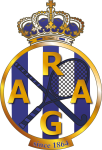 One of the oldest sports clubs in Belgium was founded in Ghent in 1864.
One of the oldest sports clubs in Belgium was founded in Ghent in 1864.
The first section will be dedicated to gymnastics. Quickly, a multitude of other disciplines will join gymnastics : athletics,
boxing, swimming, cycling, water polo, cricket, fencing, hockey, tennis and even tennis.
In 1895, when a few clubs decided to found a national federation grouping so-called athletic sports, the Association Athlétique
La Gantoise joined the project. In the company of the Antwerp FC, Athletic & Running Club Brussels, Club Brugge, FC Liège, Racing Brussels, Leopold Club Brussels, Sporting Brussels, Union FC Ixelles and du Verviers FC was
founded on September 1, 1895 the Belgian Union of Athletic Sports Societies (UBSSA). Among these clubs, La Gantoise, the
Athletic & Running Club and Verviers didn't yet have a football section or were unable to field a full team.
From November 10, 1895, the first championship is organized and will be won by the Club Liège.
UBSSA was initially be a multi-sport federation, welcoming disciplines such as football, of course, but also athletics, boxing, weightlifting, wrestling, rugby and cycling, among others. It was not until 1912 that the federation only devoted itself to football.
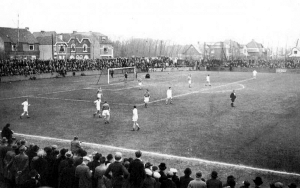
Football opening
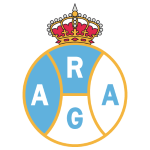 Logically, a football section has benn officially inaugurated in La Gantoise on October 31, 1900. Like the other sections of the
AAG, the new club will play in blue and white and the same year, the club found its nickname : "De Buffalo's". The famous
Buffalo Bill was visiting Belgium with his circus and settled right next to the ground of La Gantoise. The spectators heard
chanting "Buffalo, Buffalo, Buffalo!" during a football match and repeated the same chants. La Gantoise had already found its
identity. An Indian head will become the emblem of the club a few years later.
Logically, a football section has benn officially inaugurated in La Gantoise on October 31, 1900. Like the other sections of the
AAG, the new club will play in blue and white and the same year, the club found its nickname : "De Buffalo's". The famous
Buffalo Bill was visiting Belgium with his circus and settled right next to the ground of La Gantoise. The spectators heard
chanting "Buffalo, Buffalo, Buffalo!" during a football match and repeated the same chants. La Gantoise had already found its
identity. An Indian head will become the emblem of the club a few years later.
In 1901, a derby was organized between La Gantoise and the Racing Club de Gand, founded in 1899. This first derby was a real
correction for La Gantoise : a scathing 10-0 would conclude this first match. Regardless, La Gantoise will begin its slow rise
in Belgian football.
For his first season in Division 1 in 1913-1914, La Gantoise will finish ante-penultimate and will only save himself thanks to a
test match against Standard Liège.
When the registration number system was introduced in 1926, La Gantoise inherited the number 7.
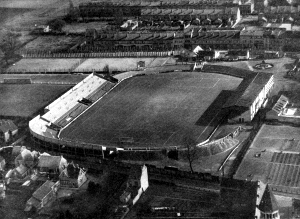
In Gentbrugge for 93 years
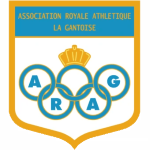 Before settling in the Jules Ottenstadion, La Gantoise will play on the following grounds : on the Carpentierplein, the Mussenplein
and finally on the Albertlaan. In 1920, the club acquired land in the Bruiloftstraat in Gentbrugge, a suburb of Ghent. The new stadium
is inaugurated on August 22 of this year by Prince Leopold, future King Leopold III. Directly, the stadium is named in honor of Jules Otten,
one of the founders of La Gantoise. This first version of the stadium included a wooden seated stand and a slope surrounding the field.
Before settling in the Jules Ottenstadion, La Gantoise will play on the following grounds : on the Carpentierplein, the Mussenplein
and finally on the Albertlaan. In 1920, the club acquired land in the Bruiloftstraat in Gentbrugge, a suburb of Ghent. The new stadium
is inaugurated on August 22 of this year by Prince Leopold, future King Leopold III. Directly, the stadium is named in honor of Jules Otten,
one of the founders of La Gantoise. This first version of the stadium included a wooden seated stand and a slope surrounding the field.
It wasn't until 1937 that the facilities were modernized and rebuilt in more durable materials. Thus, a new concrete main stand
and large terraces will now be able to safely accommodate an increasingly large audience. The new stands can then accommodate around
20,000 people. The stadium will remain in this state for almost half a century.
From a sporting point of view, La Gantoise will only be a club like the others, having no major trophies to its credit.
If the club has managed to become a regular member of Division 1, it will only win a place as vice-champion in 1955. On the
other hand, in the Belgian Cup, La Gantoise could finally write a first line in 1964 by winning this competition relaunched
in the same year by the Belgian federation following the creation of a new European competition, the Cup Winners' Cup. This
final has been played against FC Diest and has been won by Ghent by 4 to 2 (after extra time).
After this great season, La Gantoise experience several successive relegations and promotions but without putting the future of
the club in danger. Unlike other cities, the Ghent clubs have never considered merging.
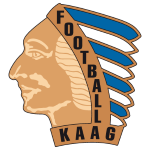 In 1971, as with the other Flemish clubs, La Gantoise adapted and was renamed Koninklijke Atletieke Associatie Gent. Note that
the Ghent leaders opted for a fair compromise between evolution and tradition.
In 1971, as with the other Flemish clubs, La Gantoise adapted and was renamed Koninklijke Atletieke Associatie Gent. Note that
the Ghent leaders opted for a fair compromise between evolution and tradition.
"Association Athlétique" should have been translated by "Athletische Vereninging" but by choosing "Atletiek Associatie", this allowed
to keep the double "A" of historical origins.
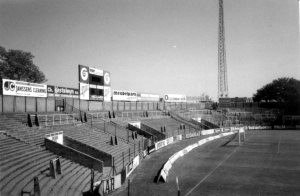
KAA Gent, a future top-club
KAA Gent managed to settle permanently in D1 in 1980. Since then, only one season (1988-1989) will be played at the lower level.
A second Belgian Cup will be won against Standard in 1984 (2-0, after extra time) and will allow La Gantoise to return to the
Cup Winners' Cup for the 1984-1985 season. In the league, the club wins its European ticket at the end of the 1982-1983, 1983-1984
and 1986-1987 seasons.
 With these good results, a lot of people returns to the Jules Ottenstadion and there is an average of 15,000 spectators. But
the stadium, never modernized since 1937, is gradually becoming too dilapidated to accommodate a club of the level of KAA Gent.
With these good results, a lot of people returns to the Jules Ottenstadion and there is an average of 15,000 spectators. But
the stadium, never modernized since 1937, is gradually becoming too dilapidated to accommodate a club of the level of KAA Gent.
In 1986, the old main stand was demolished and replaced by a new construction designed by Johan Vermeersch, a former D1 player
(notably passed by KAA Gent) who converted to the building. The Vermeersch company is also involved in the renovation of the RWDM
and Sporting Anderlecht stadiums.
This new main stand also introduces the skyboxes in the old stadium of Gentbrugge. The capacity rises to 22,000 places.
In 1992, it was the turn of the standing stand to be razed. In its place, an imposing stand was built, comprising a first level
of standing places, a tier of business seats and a third tier of seats. This new construction also includes the premises for the hockey
and tennis sections present on the same site. The number of places drops to 18,000.
It is in this stadium that Lierse SK, the recent Belgian champion, will compete in the group stage of the Champions League in the 1997-1998
season. Indeed, the Lierse stadium being even more dilapidated than the Jules Ottenstadion, the yellow and black club had no choice
but to temporarily relocate to Ghent, 75 km away.
At the end of the 20th century, UEFA imposed increasingly strict standards for stadiums and KAA Gent was again forced to renovate
its stadium. The last stands of 1937 disappeared and were replaced by two prefabricated constructions. The Jules Ottenstadion now
only has seating places and can accommodate 12,919 spectators.
Become too small and cannot be enlarged, the hours of the old stadium are now counted. In addition, the club now has great ambitions
and wants to become Champion of Belgium.
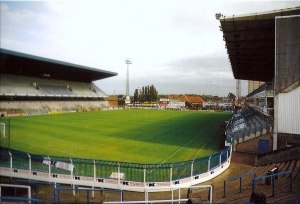
The difficult gestation of the new stadium
 In 2003, the club officially launched the project for a new stadium. Its opening is scheduled for the 2005-2006 season, will
accommodate 20,000 people and will be located in a industrial area, near the highways surrounding the city of Ghent.
In 2003, the club officially launched the project for a new stadium. Its opening is scheduled for the 2005-2006 season, will
accommodate 20,000 people and will be located in a industrial area, near the highways surrounding the city of Ghent.
Unfortunately, many administrative problems will cause many delays and the original project will have to be reviewed several times.
In 2008, finally, the first works begin but it will take another 5 years before being able to inaugurate the new stadium. On July 17, 2013,
the Ghelamco Arena is finally opened and will be inaugurated with a match against VfB Stuttgart.
Two years later, the club can finally celebrate its first title of Belgian Champion.
The Jules Ottenstadion was demolished in 2013. Only the hockey and tennis sections are still present at the Bruiloftstraat. Only a lighting pole remains from the football stadium. 93 years of history have been easily and quickly wiped off the map of Belgian football.
Pictures
Jules Ottenstadion
The Jules Ottenstadion, in its infancy.
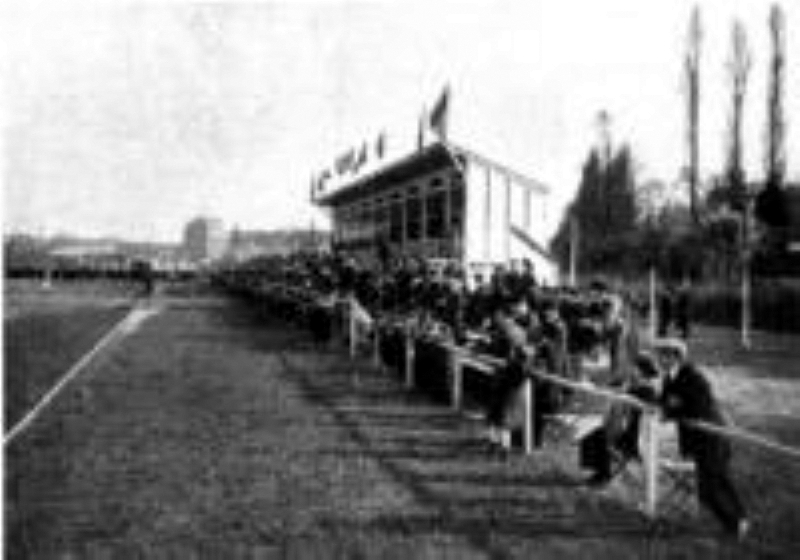
Jules Ottenstadion
The first wooden tribune in 1914.
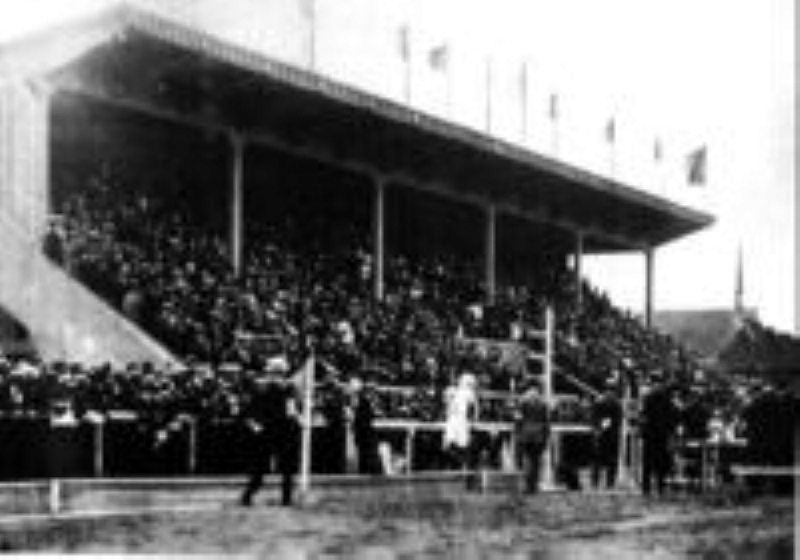
Jules Ottenstadion
After the war, the stand was rebuilt, still made of wood. Here in 1919.
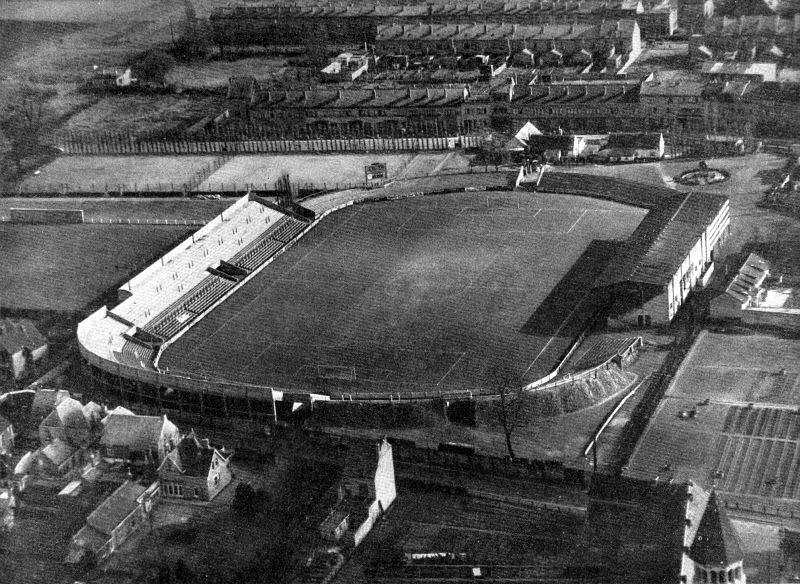
Jules Ottenstadion
The stadium after 1937. It was built on the Belgian model, like all the stadiums of that time.
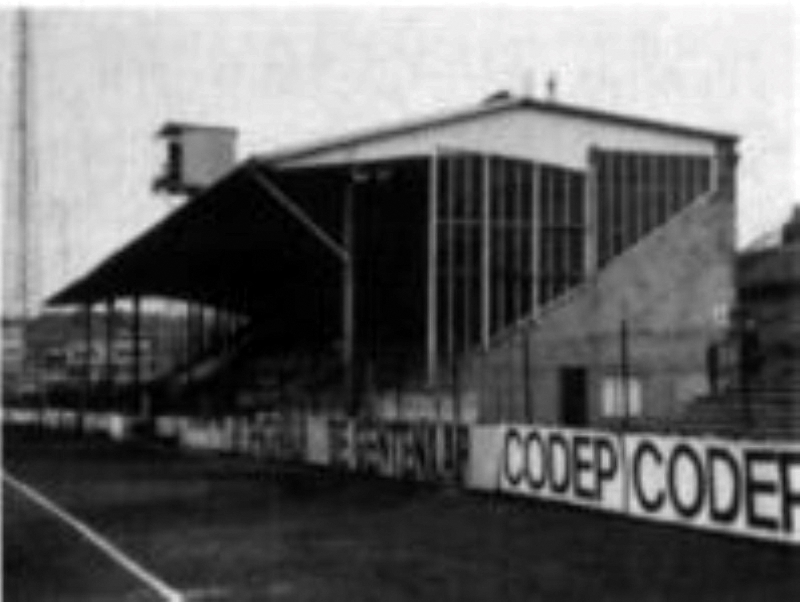
Jules Ottenstadion
The new main stand, this time in concrete.
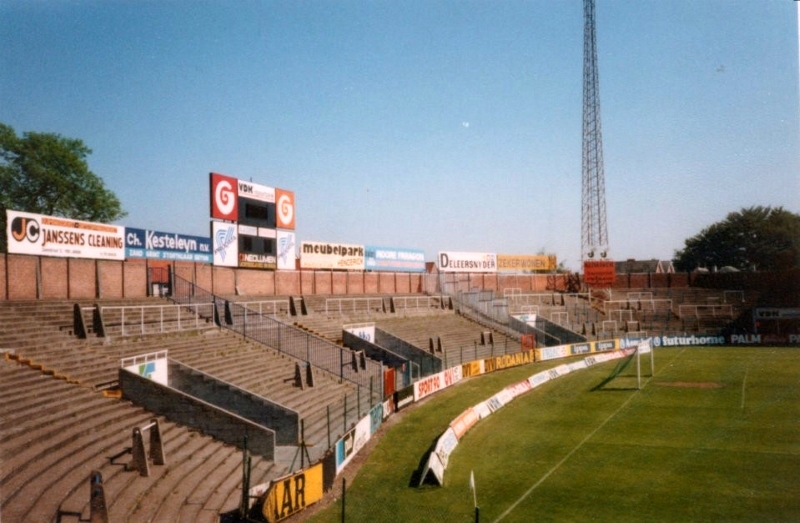
Jules Ottenstadion
For almost fifty years, the stadium will hardly change.
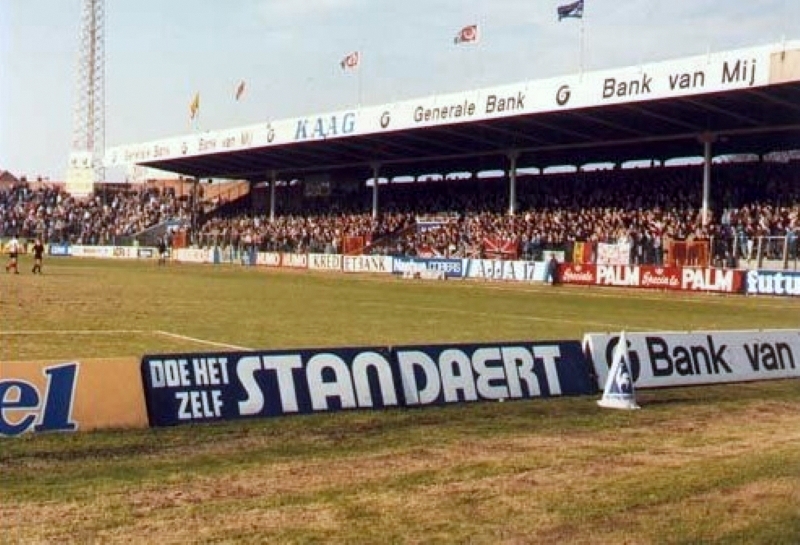
Jules Ottenstadion
The only additions in the 1960’s were a roof on the standing stand and the artificial lighting.
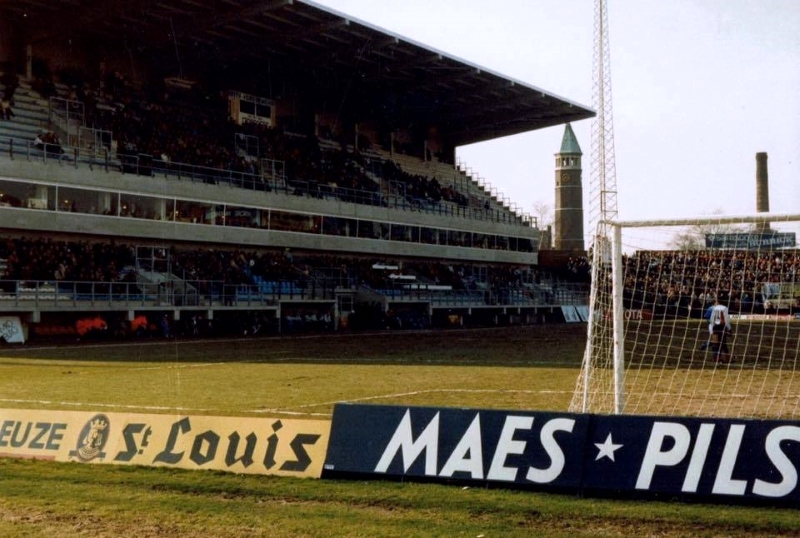
Jules Ottenstadion
In 1986, a new main stand was built. The stadium is gradually being modernized.
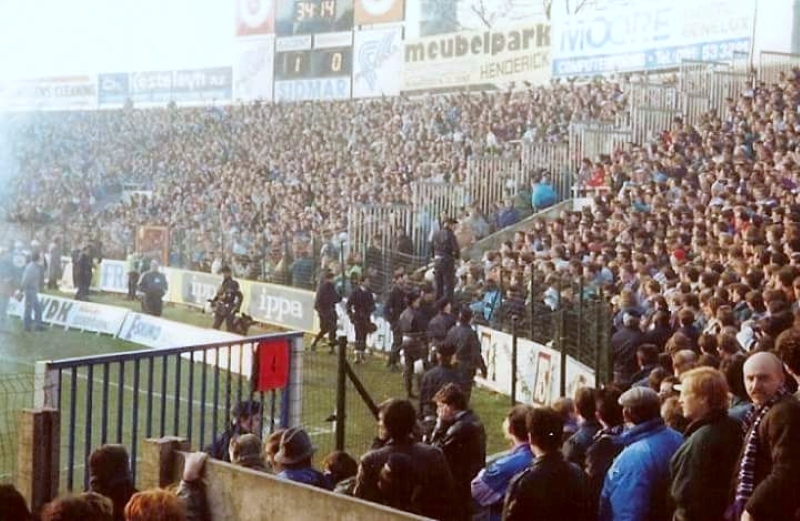
Jules Ottenstadion
During the 1980's, the stadium was regularly filled with 22,000 spectators.
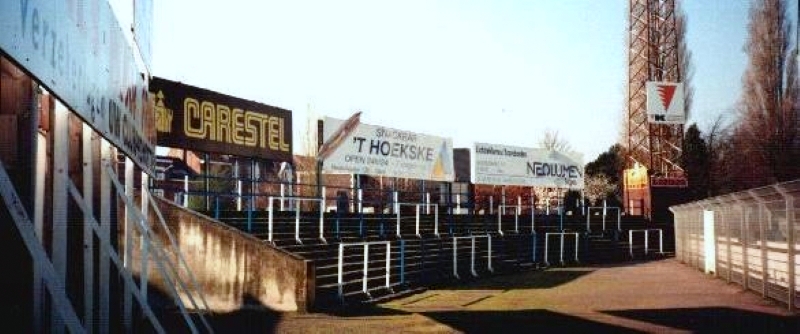
Jules Ottenstadion
The terrace on the Tennisstraat side. Over the years, it will lose half its length and be replaced by an advertising wall. The other half will be destroyed in 2001.
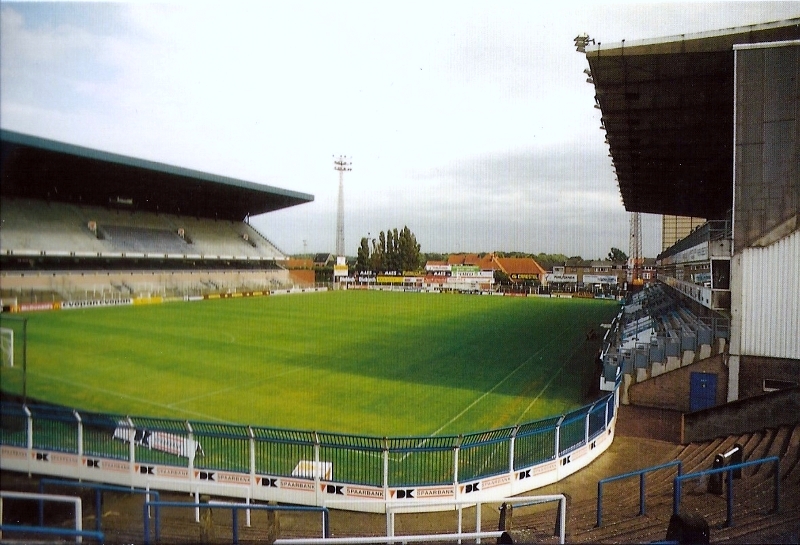
Jules Ottenstadion
The Jules Ottenstadion hosted the Lierse SK Champions League matches in this configuration.
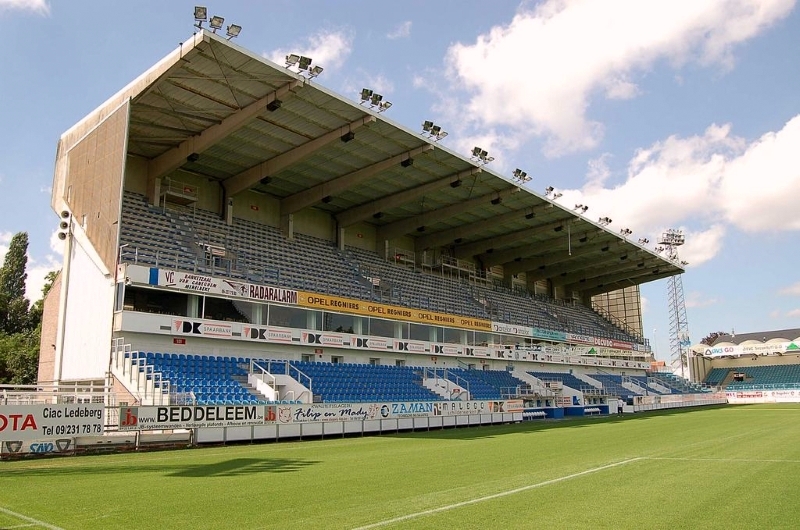
Jules Ottenstadion
The main stand from 1986.
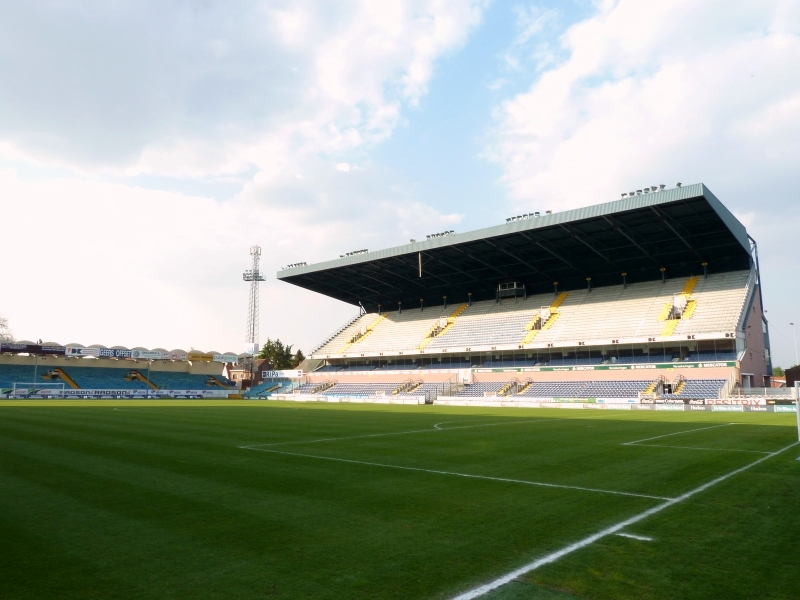
Jules Ottenstadion
Opposite, the imposing stand opened in 1992.
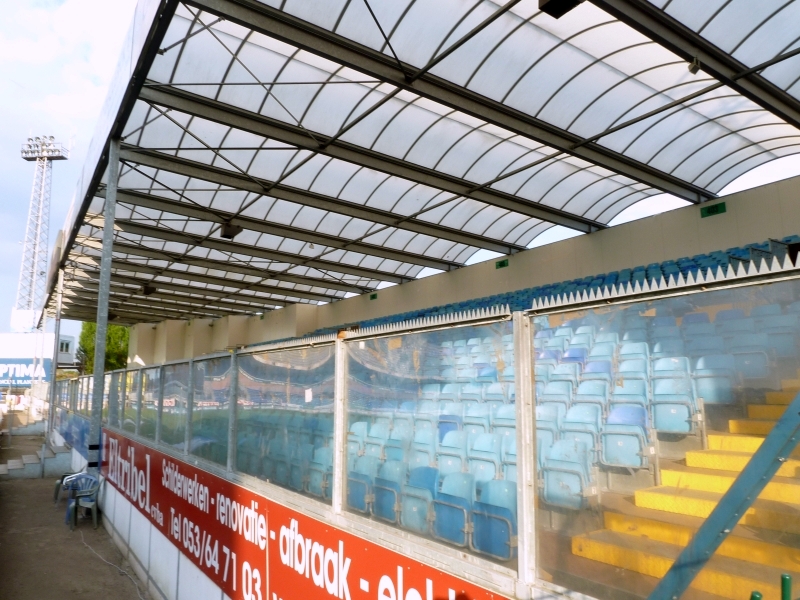
Jules Ottenstadion
At each end, a prefabricated seating stand is installed to replace the old terraces of 1937.
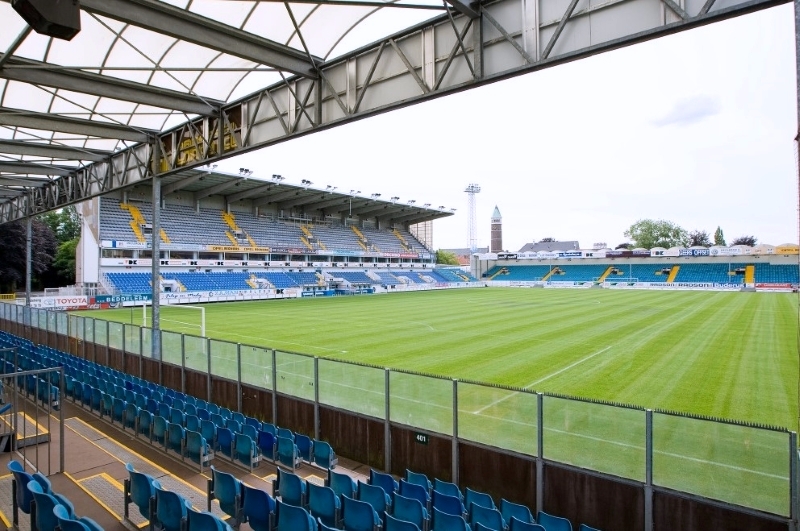
Jules Ottenstadion
View from the stand reserved for visitors.
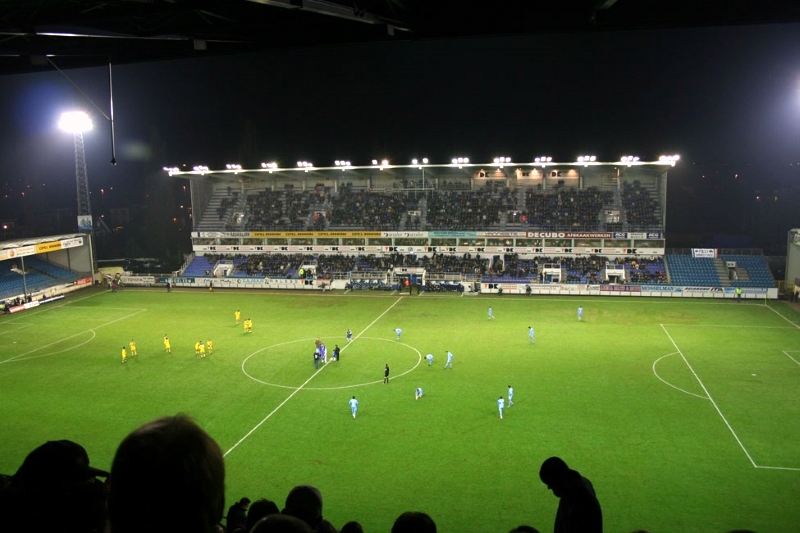
Jules Ottenstadion
If the stadium now meets UEFA standards, it no longer meets the ambitions of the club.
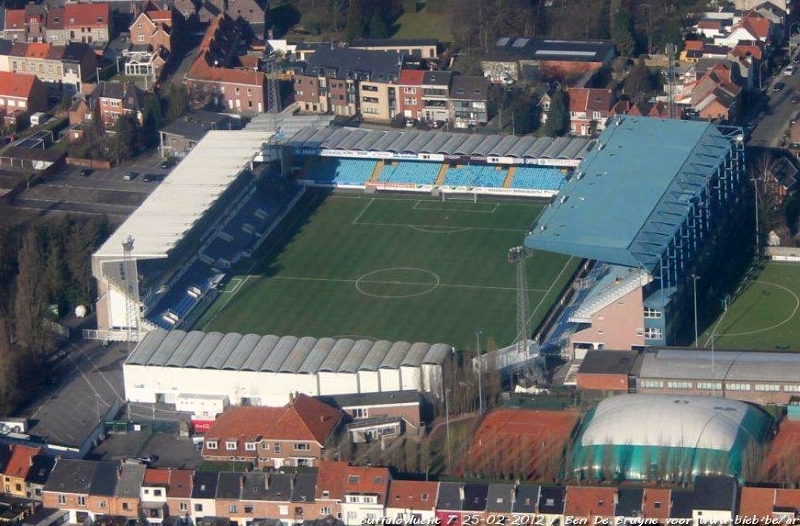
Jules Ottenstadion
Final aspect of the Jules Ottenstadion.
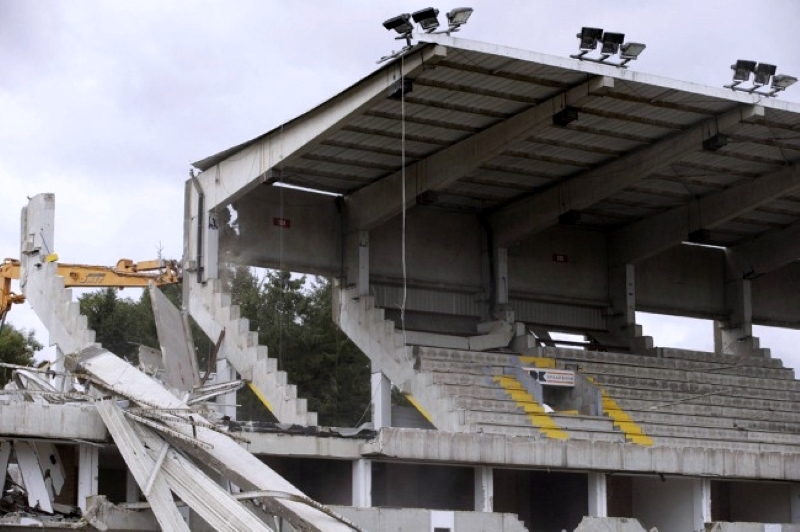
Jules Ottenstadion
As soon as KAA Gent moves to the Ghelamco Arena, the old Gentbrugge stadium is demolished.
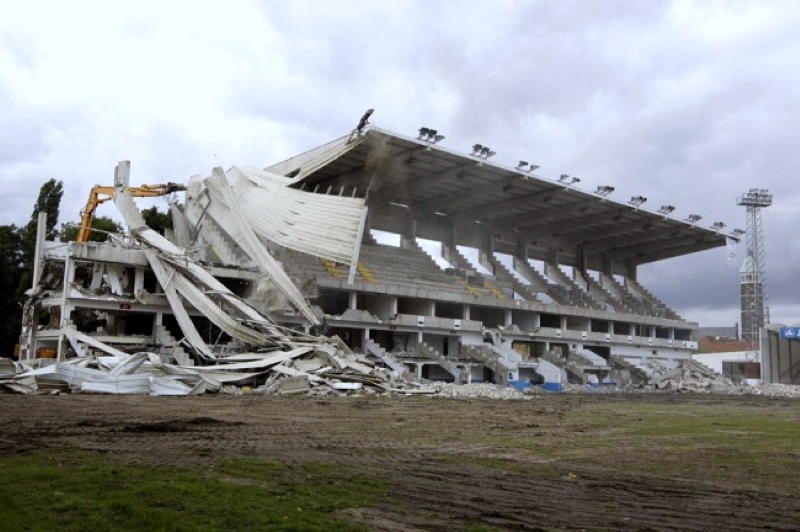
Jules Ottenstadion
The oldest stand wasn't even 30 years old.
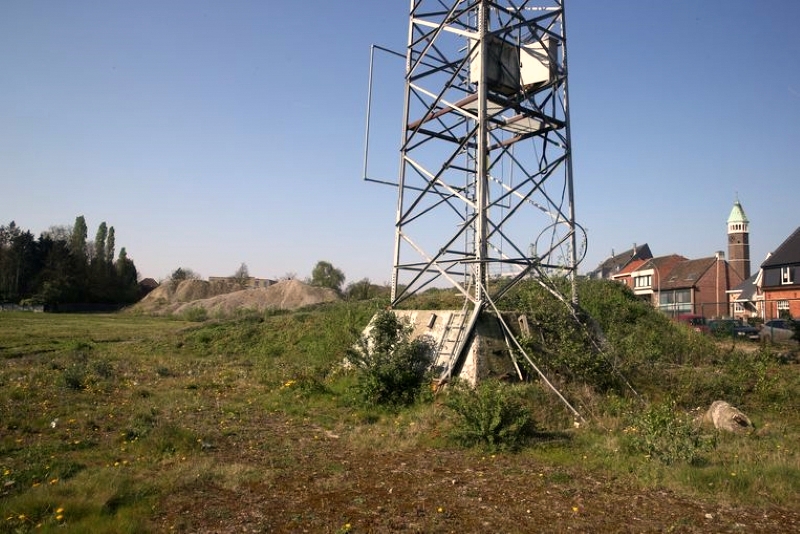
Jules Ottenstadion
Only vestige : a lighting pylon fitted with mobile phone relays. The site will now be dedicated to housing.
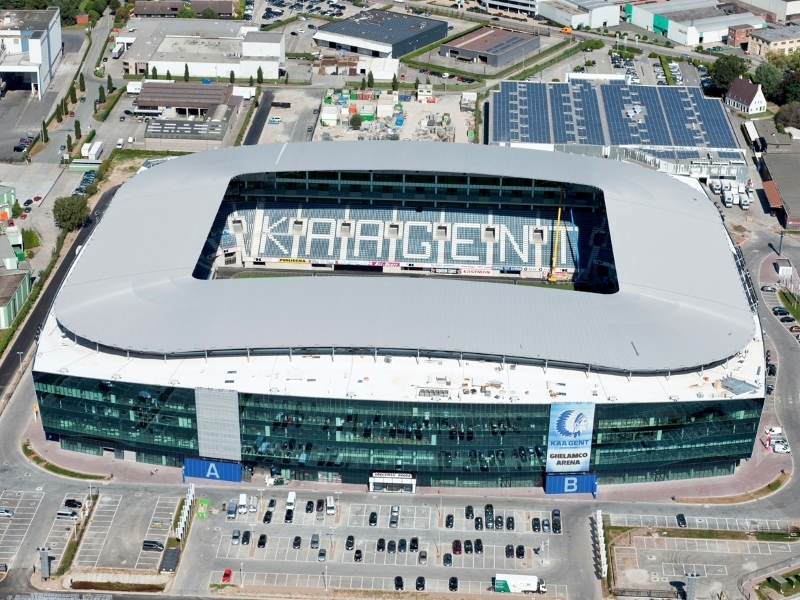
Ghelamco Arena
The Ghelamco Arena, opened in 2013 after a lot of problems.
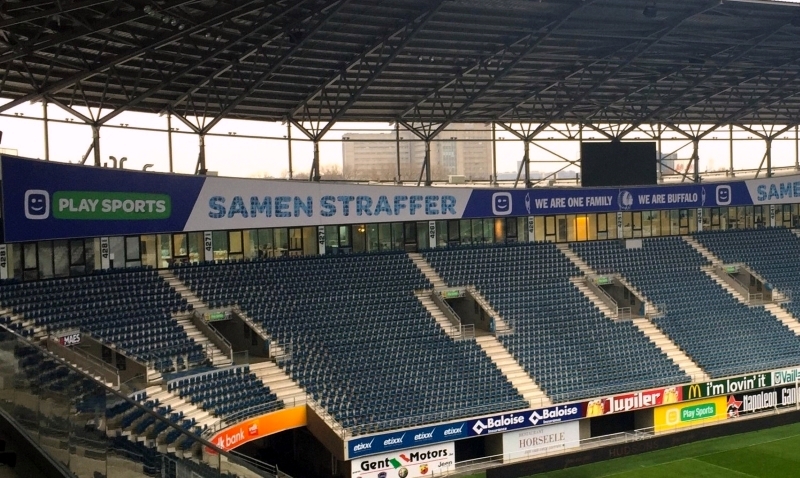
Ghelamco Arena
As often, this new stadium is very banal.
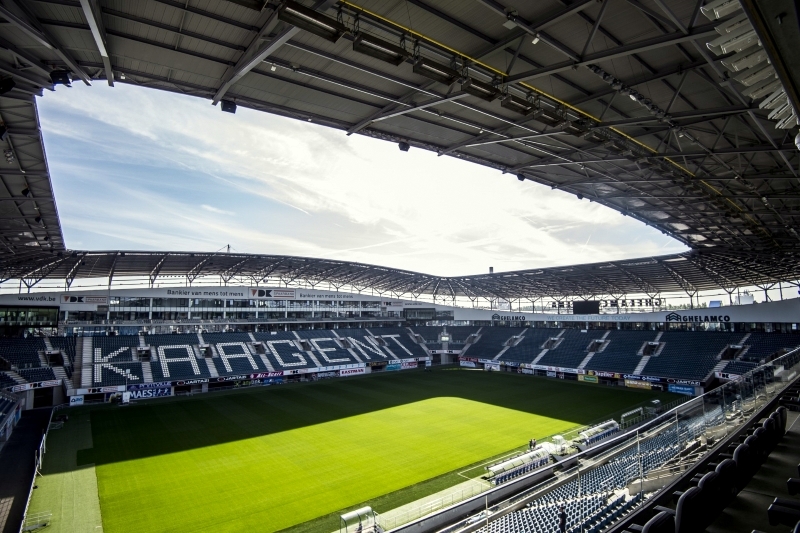
Ghelamco Arena
20,000 places already seem too little for the recent Belgian Champion...
Note
-
This article comes from my old website www.foothisto.be but was never published.
It has been somewhat modified and updated recently (May 2020).
Related page
- Visit of the beautiful city of Ghent.
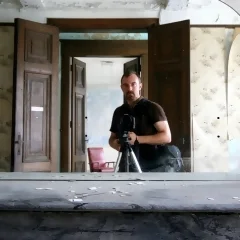
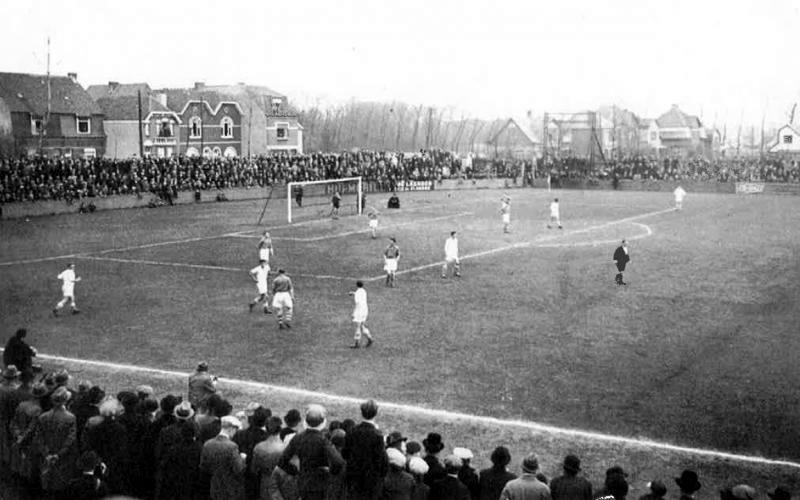
Soyez le premier & devenez quelqu’un de bien • Be the first & become a good person